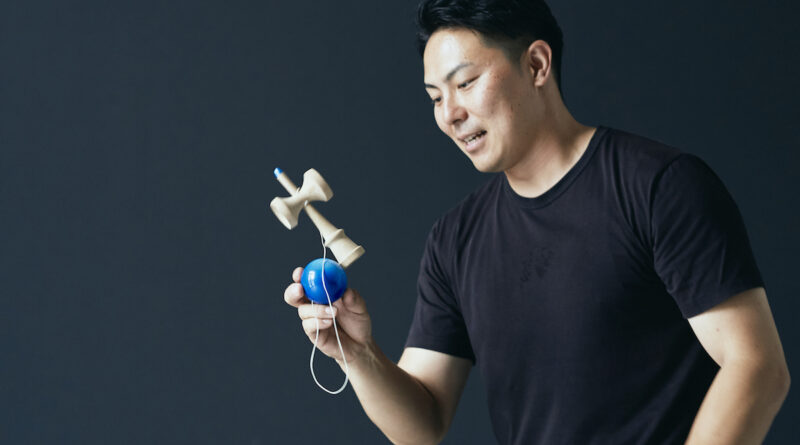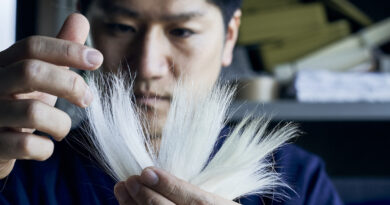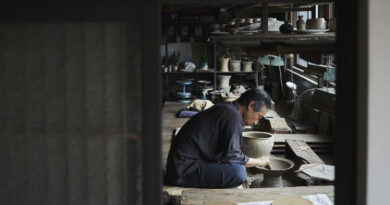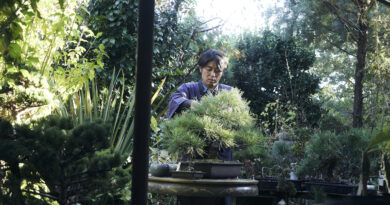The kendama dreams of Kazuma Iwata
Kendama is a traditional wooden toy, made up of a spike, cups on either side and a ball attached to a piece of string with which players perform tricks which require various degrees of hand-eye coordination and balance skills.
Back in 2017, I went to check out the Kendama World Cup in Hatsukaichi, the birthplace of the toy. I thought my kids might get a kick out of watching the tricks, but we were unprepared for what we found in the arena.
More than a toy
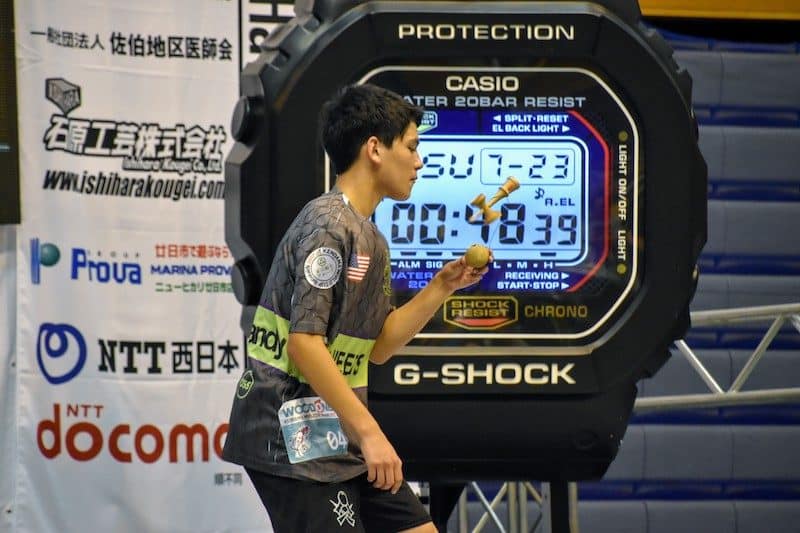
Kids in baggy shirts and jeans performed in front of a giant G-shock while bilingual commentators reeled off the names of tricks over bass heavy beats spun by onstage DJs. The vibe was electric. Kendama, it turned out, was a thing. One name kept coming up: Mugen Musou, a kendama created by Kazuma Iwata, the head of local woodworking company, Iwata Mokko, that, we were told, revolutionized the world of kendama.
Fast forward to 2023 and I am visiting Iwata Mokko’s “Kendama Shop Yume.” near Hatsukaichi Station, in preparation for an interview with Kazuma Iwata. A young boy overhears that I will be meeting Kazuma Iwata the next day. “No fair!” he cries. The boy, who has traveled 40km to visit the shop after school with his dad, says it’s his dream to visit the factory and one day hopes to work there. It seems clear that Kazuma Iwata is more than just a toymaker.
The lumberyard was my playground
To say that Kazuma Iwata has woodworking in his blood is an understatement. He and his brother used to play in the lumberyard at his father’s workshop and by 4th grade Kazuma was helping make handles for Hiroshima’s calligraphy brush makers.
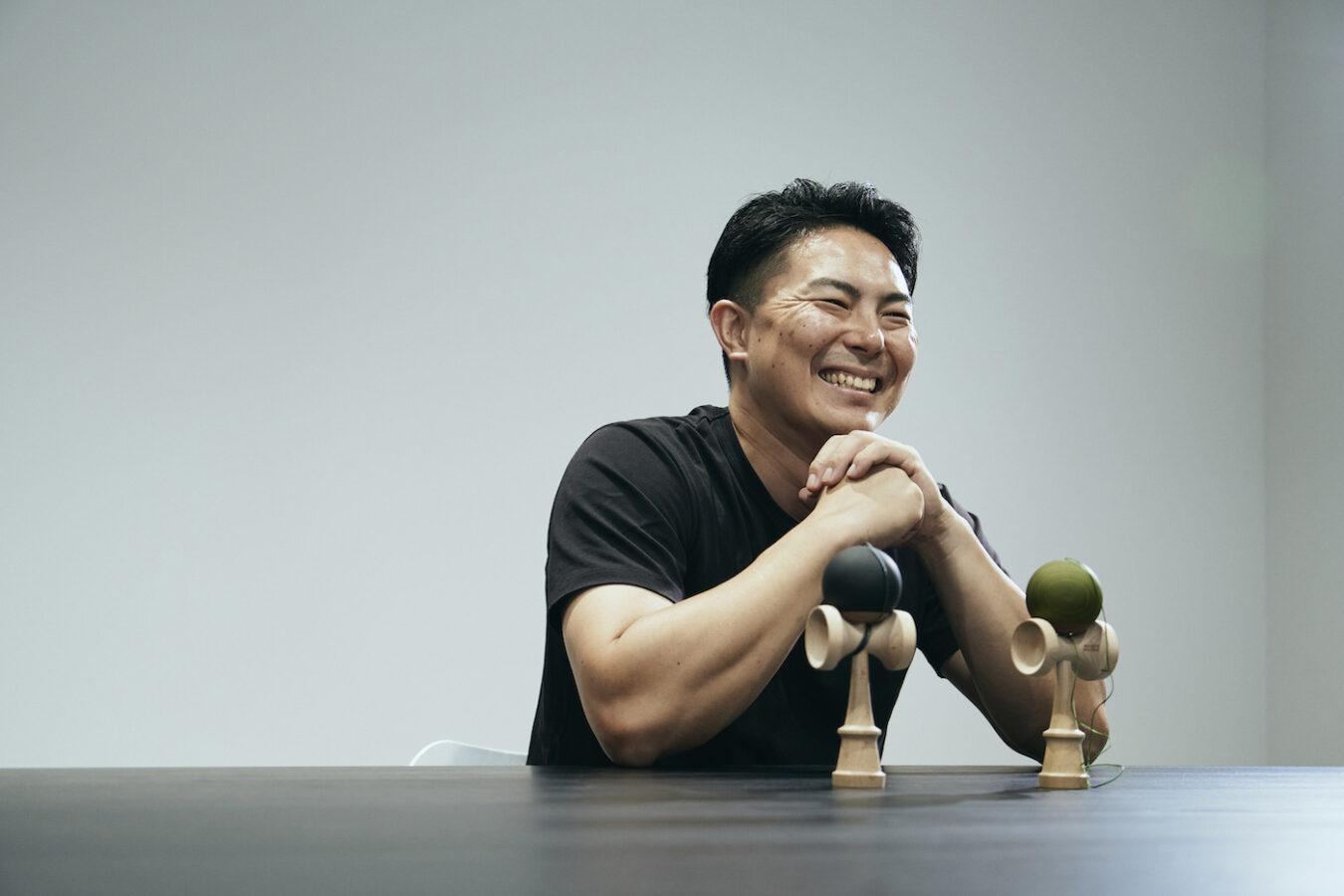
He jokes that he would sometimes fight with his father, protesting that none of his schoolmates’ friends were put to work in factories, but he says that he never really felt that his upbringing was that out of the ordinary. Thanks to this early start, Kazuma was already a fully fledged woodworker by the time he was in junior high.
From outdated relic to educational tool
Supplying brush handles is still a major part of Iwata Mokko’s business and they have recently branched out into interior design (the gallery in the foyer of the company headquarters displays some stunningly beautiful wooden vases that we are told that only Kazuma himself is skilled enough to carve) and lifestyle products. The kendama, however, is Kazuma’s passion and at the heart of his company’s mission.
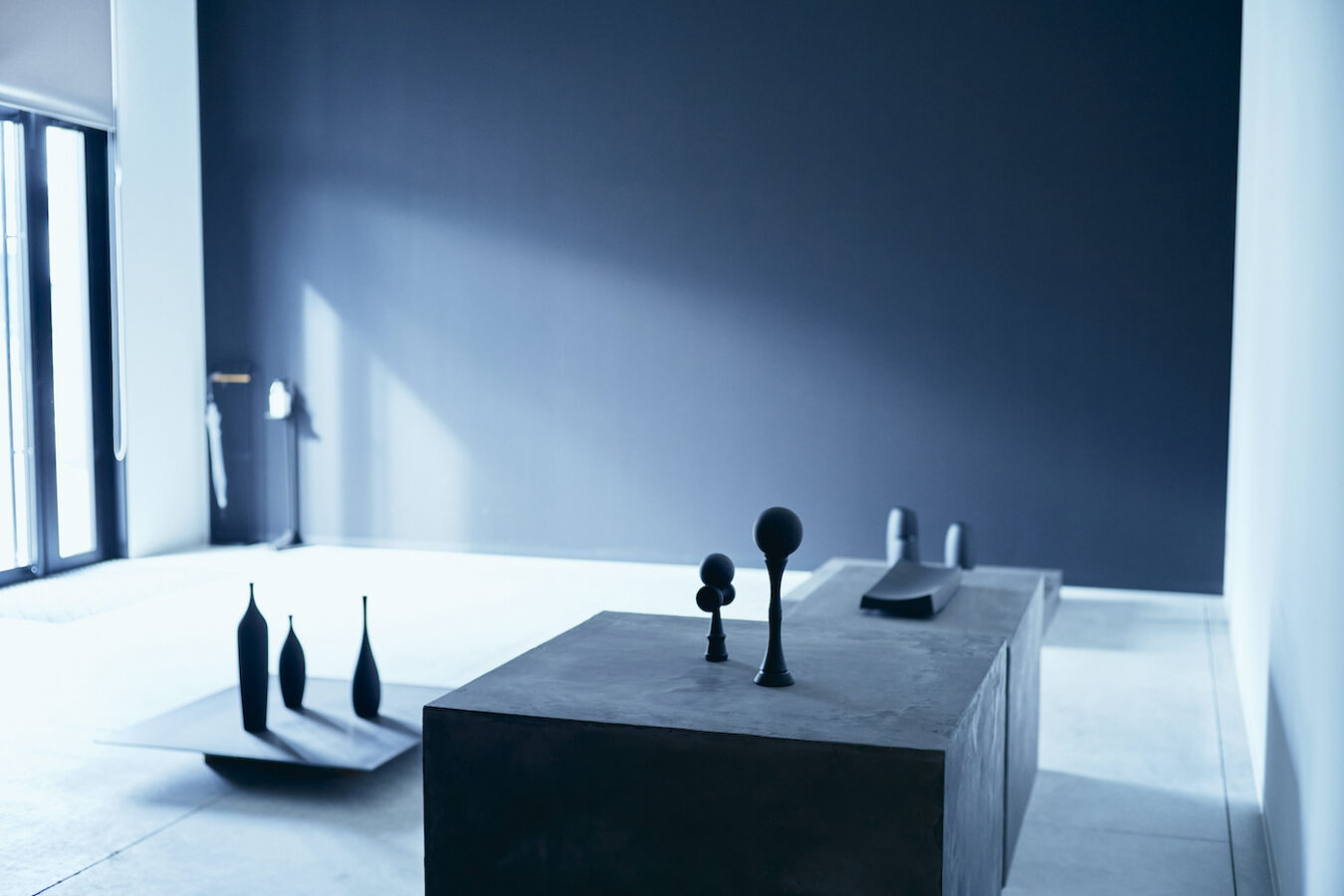
Kazuma says he never actually played kendama growing up. Thus, when local city officials, concerned at the disappearance of local kendama makers, reached out to Kazuma’s father to help revitalize the craft, Kazuma was unimpressed.
“To me, kendama were a thing of the past and kind of lame. I couldn’t see the point of making something no one seemed to want just for the sake of it.”
That changed, however, when he visited a local kendama event. Seeing kids performing cool tricks, totally absorbed in kendama, piqued his interest. He says he had always liked the idea of working with children and it struck him that kendama could be a great educational tool and way to help draw particularly shy kids out of their shells.
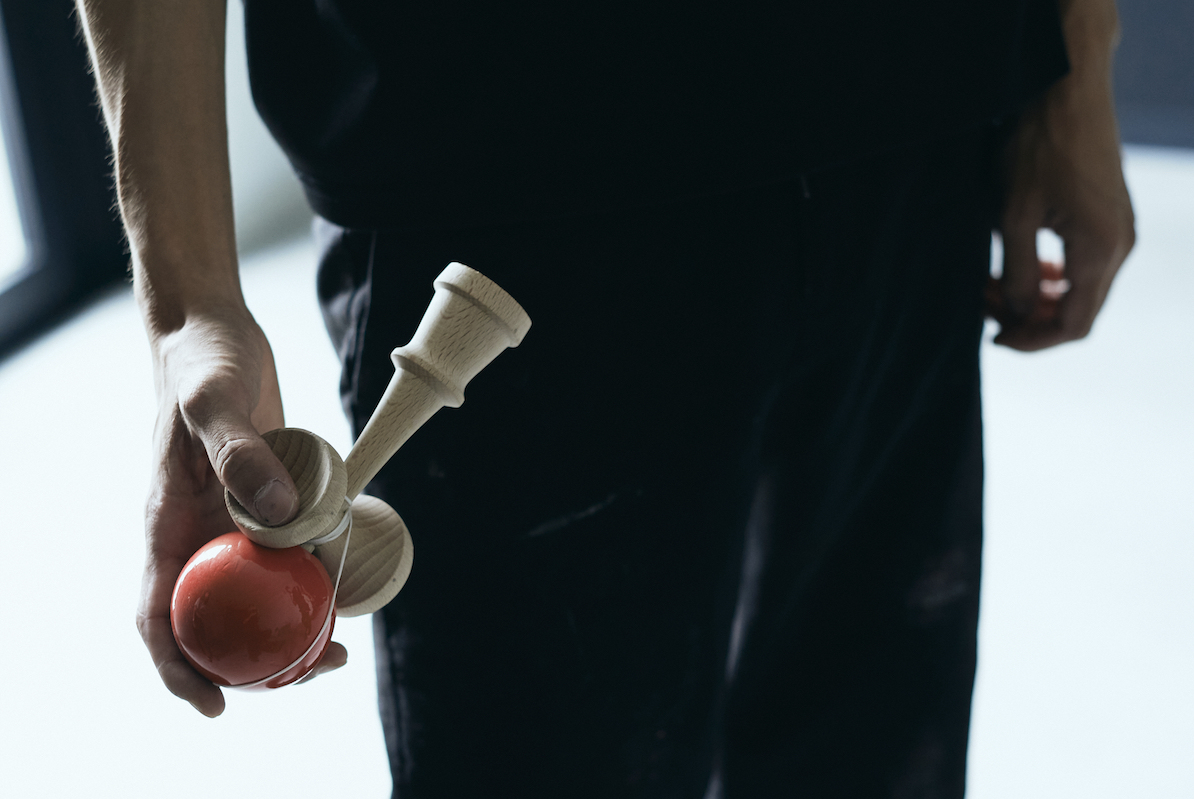
Kazuma resolved to try his hand at the kendama, but wanted to do it in his own way. He threw himself not only into making kendama, but mastering how to play, practicing for up to 8 hours a every day. Remarkably, this was something new in Japan and Kazuma attributes his success to his practice informing his manufacturing techniques.
“I wanted to change the kendama from a source of frustration into something that gives you the thrill of achievement from the start, so that you want to keep at it.”
In 2004, the Mugen was born. Precision processing, fine surface polishing, and mirror finished painting, created not only a beautiful-looking kendama, but one that was much easier to use. Players no longer had to cobble together the best parts of poorly-made kendama and the switch to urethane paint, applied in layers to improve durability, made the ball more grippy.
A battle with tradition
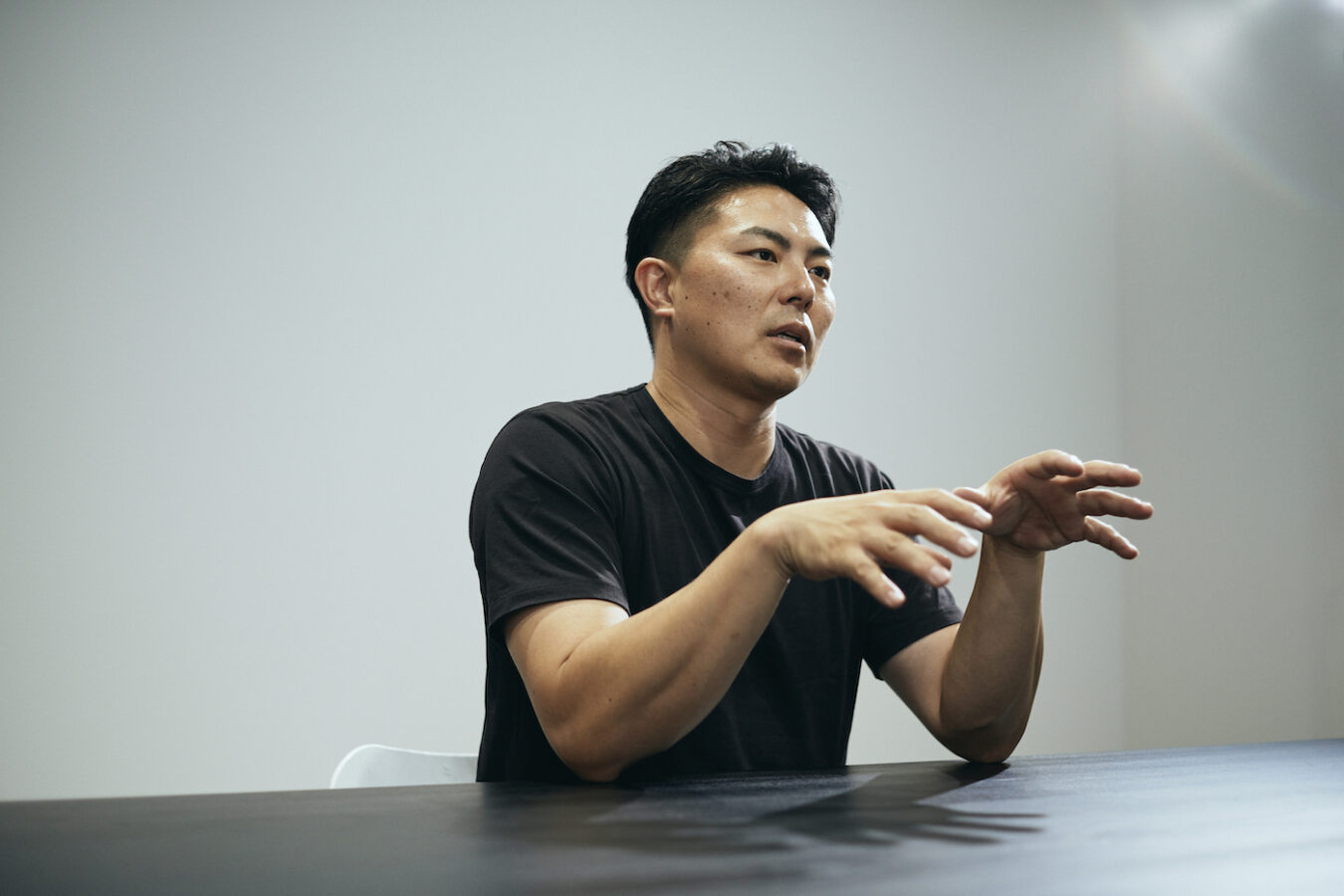
While kendama players loved the Mugen, it also sparked controversy. Conservative by nature, in the Japanese kendama world, innovation is not always welcome and Iwata Mokko faced with resistance, which Kazuma prefers not to go into, Iwata Mokko halted production of the Mugen.
The years spent on the Mugen had, by no means, been wasted. Brush makers found Iwata’s handles easier to work with, thanks to improvements inherited from making the Mugen, boosting efficiency. Iwata were now well placed to satisfy the demands of traditional calligraphy brush makers that were moving into make-up brushes.
Mugen reborn: Mugen Musou
The Iwata company may have been moving on, but the world wasn’t ready to let the Mugen go. Kendama was growing overseas as a lifestyle sport and Mugens were changing hands on auction sites for high prices. Kazuma’s social media inbox started to fill with messages imploring him to restart production. Kazuma started to think about returning to his passion project, but, never one to rest on his laurels, he wanted to raise the level once again.
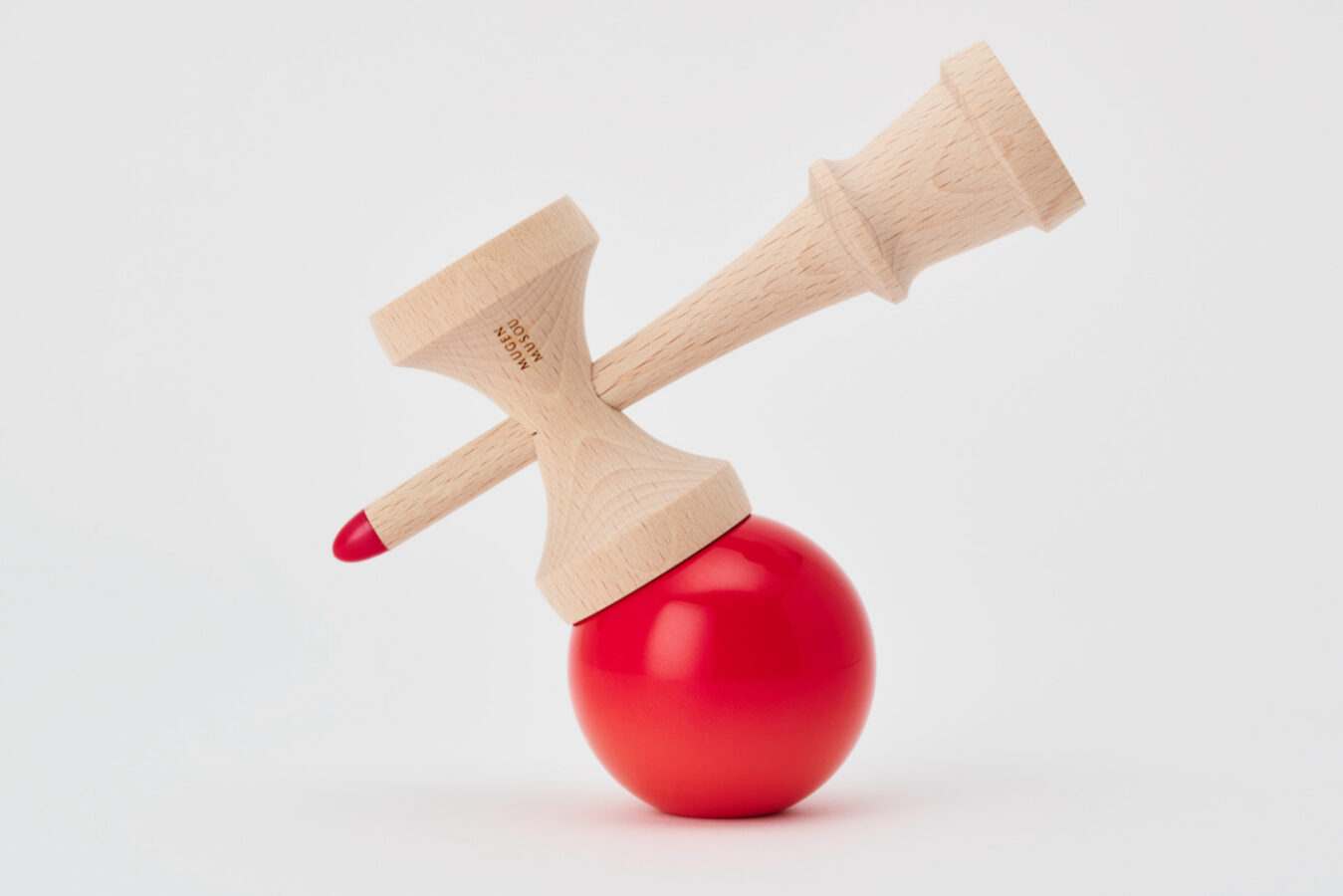
In 2013, the Mugen Musou was released. The name evokes the idea of unlimited potential, allowing one to pursue their dreams as well as Iwata Mokko’s unrivaled dedication to precision manufacturing in the pursuit of quality. Made with the needs of competitive kendama players in mind, the Mugen Musou was larger than those traditionally made for small children. Balance issues caused by the larger size were addressed in production, made completing tricks even easier to complete and also had the happy side effect of creating a more satisfying sound.
Iwata employed paint techniques developed for make-up brush handles during his hiatus from kendama manufacture to create beautiful metallic and translucent finishes that seem to shine from within. The Mugen Musou was a thing of beauty.
Pushing boundaries and building for the future

On a tour of the factory, it is notable how much of the work is being done by hand. Kazuma says, imagination and curiosity are essential to push the boundaries of his craft, along with the ability to sense what different pieces of wood will reveal on processing and how they will respond to the tools; skills that can only be gained through years of experience.
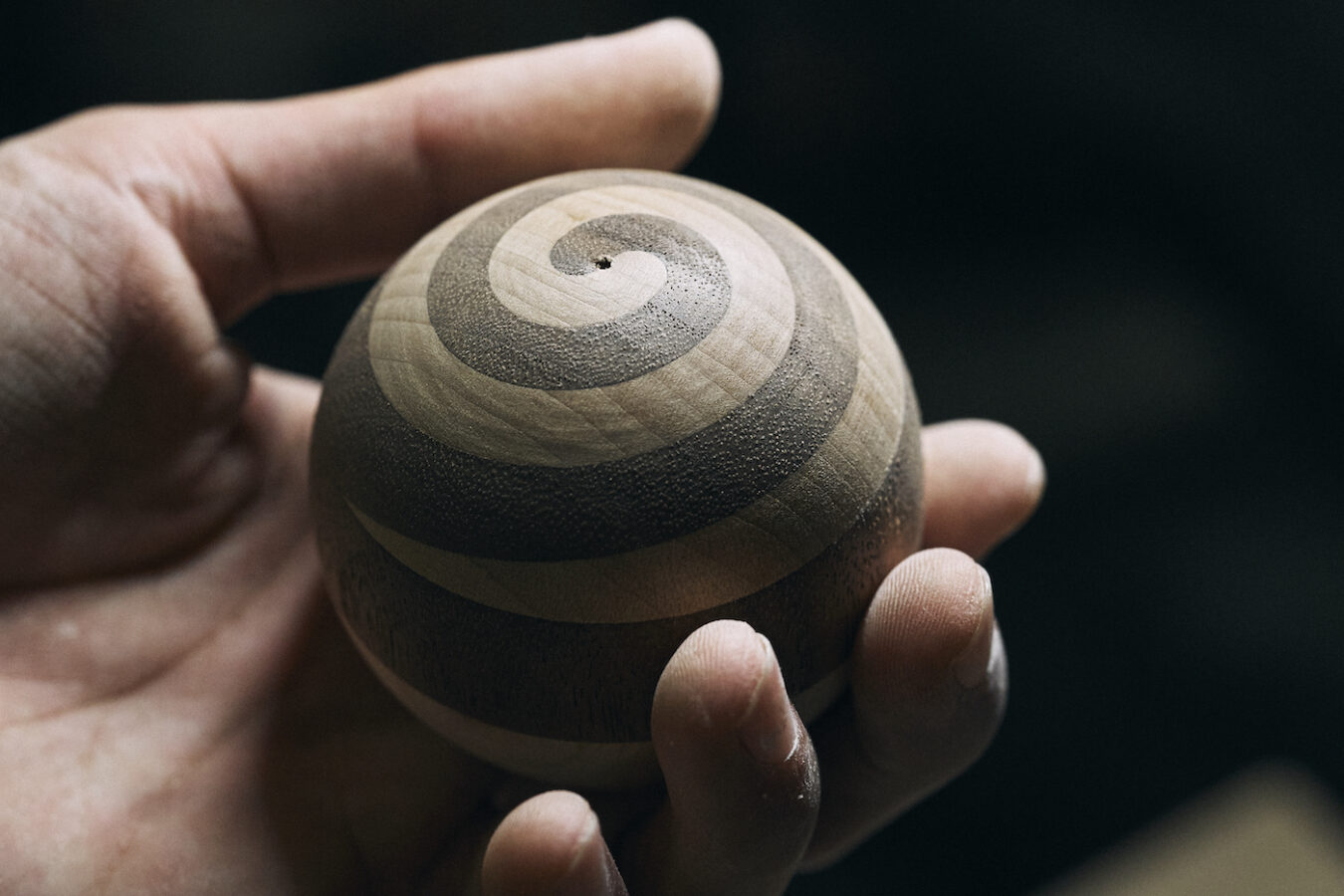
Iwata Mokko’s limited edition kendama that pay homage to traditional Japanese joinery techniques are a great example of this. He shows me a tama (ball) that has a swirling pattern created from two different kinds of wood, expertly-melded together. The grain is perfectly matched. He looks pleased at my surprise; that he says is exactly what he is aiming for, he says.
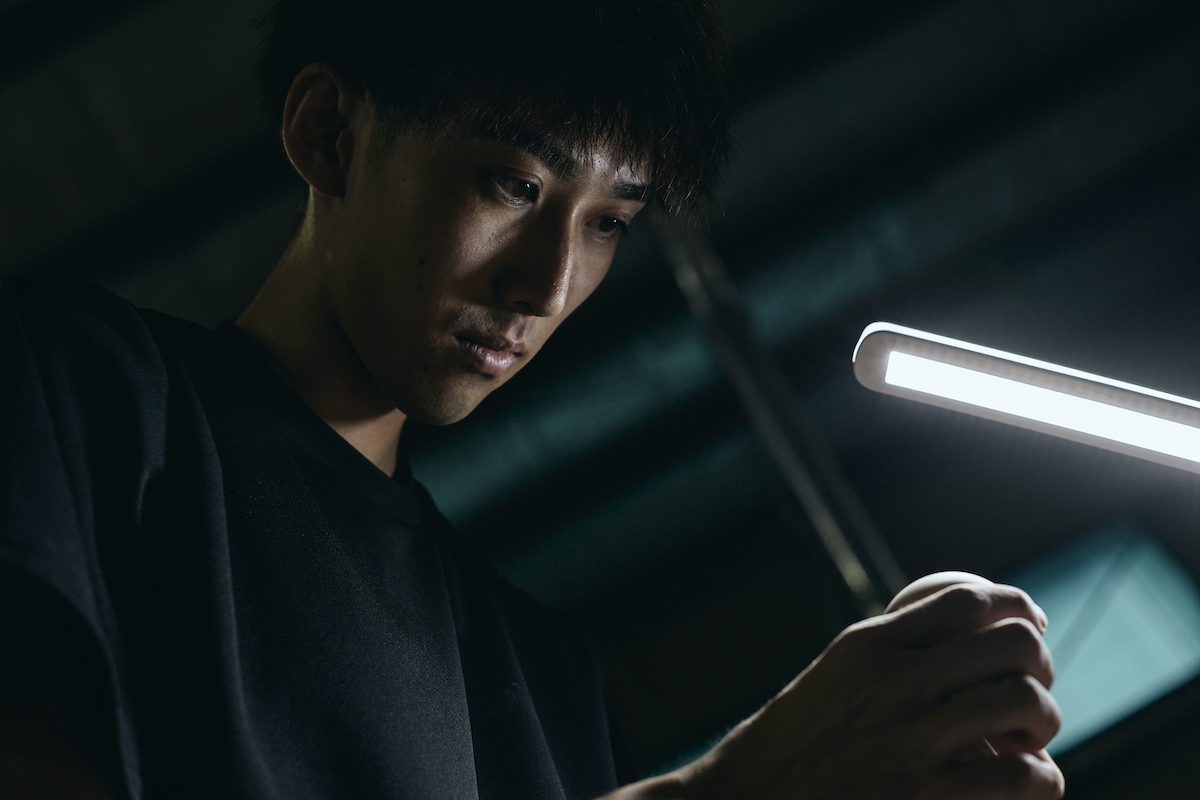
Kazuma is keen to impart the benefits of his experience to a new generation. 23-year-old Kubo was taught how to play kendama by Kazuma himself who visited his school as an instructor. He obviously made an impression as he decided to work at Iwata Mokko when he graduated from high school.
Touted to be their next master craftsman, we see Kubo carefully smoothing kendama parts by hand on a machine. He too visits schools and takes part in events to spread the word about kendama and he hopes that, like him, some of the students may also dream of joining Iwata Mokko.

And what of Kazuma’s dreams?
He laughs that until recently, his dreams had been filled by how to make his ambitious idea for the 2023 Kendama World Cup trophy a reality.

He takes great pride in donating the trophy every year and tries to push himself to do something new each time.This year’s was made of 5 different kinds of wood, all intricately linked to create a beautiful work of art and took two and half months to complete. We can’t wait to see what he dreams up next.
Iwata Mokkou [株式会社イワタ木工]
November 2023
Photos: Shota Matono


